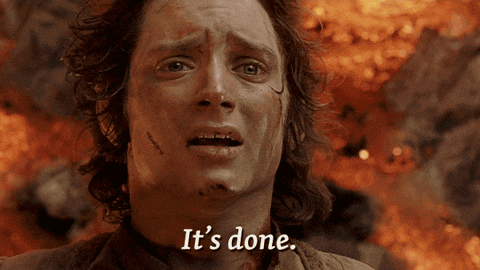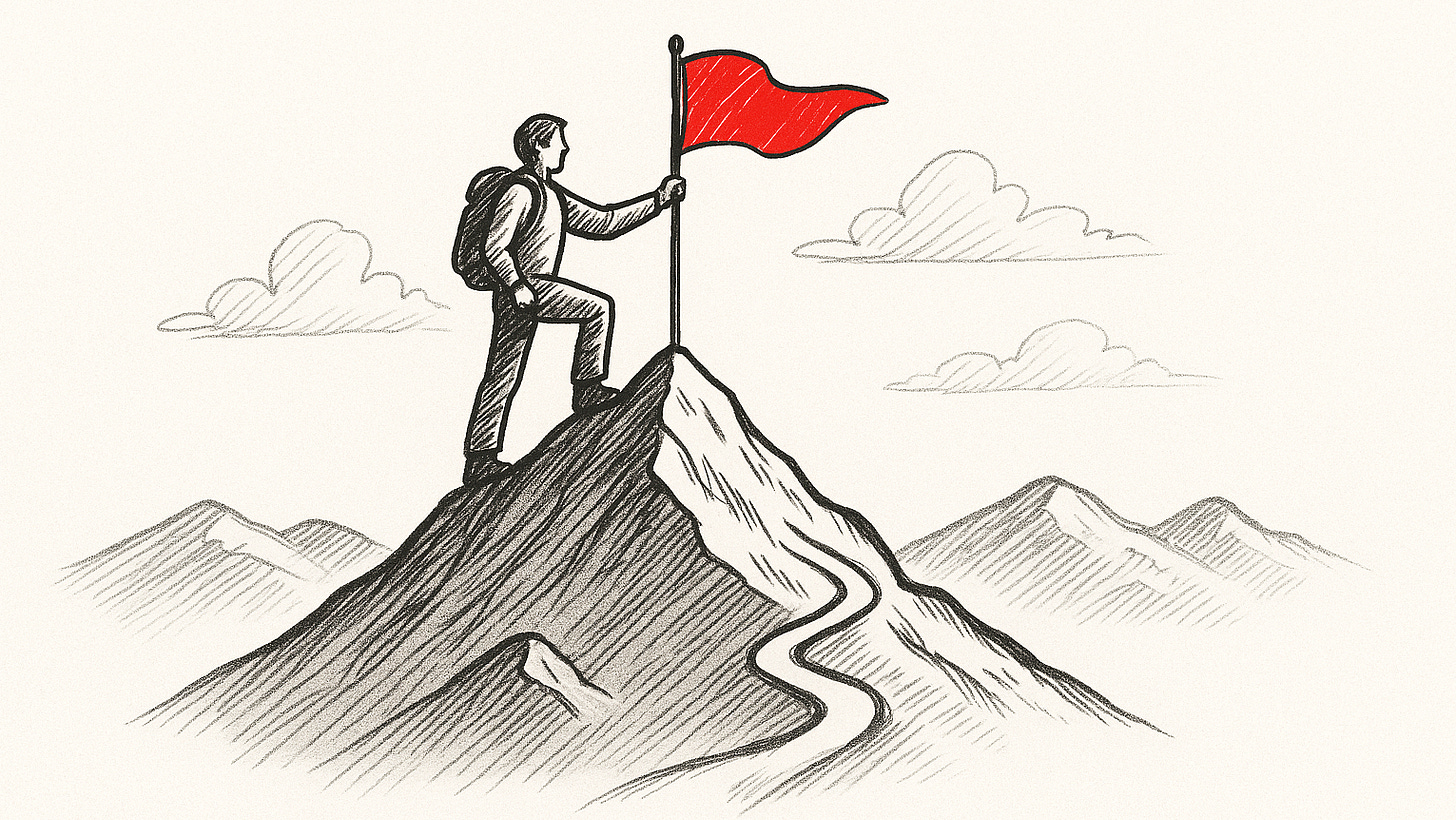The Discipline of Done | The Project Closeout
How to close projects in a way that positions your organization to sustain and build on what you’ve created.
This article is part of the “Project Management in Emergency Management Playbook” available to Academy Subscribers.
Let’s go back to where we began. A project is a temporary endeavor to create a unique product, provide a service, or produce a result. “Temporary” means that it has a clear endpoint and defined completion criteria. It was never meant to last forever.
Now, you’re nearing that point. The big things you set out to do are done.
In emergency management, that might mean you’ve developed a new operational framework, conducted a functional exercise that brought stakeholders together, or produced an after-action report that captured what went well and what can be improved next time during an actual disaster.
That’s an accomplishment worth recognizing.
You created something that didn’t exist before. And in our field, that means you’ve made your organization or community more prepared for what comes next. That’s work worth being proud of. Too many projects stall before they reach this point—losing support, drifting off course, or fading away before delivering value. You made it through that.
But you’re not finished yet. Stopping at the moment the plan is submitted or the AAR is sent out means missing a final opportunity to ensure that the work you did continues to matter.
This phase of the Playbook is about finishing strong.



